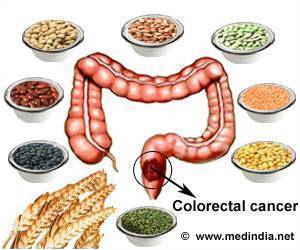Indians eat more fiber-rich plant based diet than people in the Western countries, reducing their risk of gut-related problems such as inflammatory bowel diseases like crohn's disease.
- Indians eat more fiber-rich diet than people in the Western countries
- Indians gut microbiome has the highest abundance of the Prevotella genus of bacteria
- New probiotics and prebiotics can be developed to prevent any gut-related problems
The human gut contains 300-500 types of bacteria that are necessary for our survival. These bacteria help in digestion, protect us from infections and even produce essential vitamins and neurochemicals.
Depending on the kind of bacteria that dominates the gut, human beings are generally classified into three "enterotypes" -- Prevotella, Bacteroides or Ruminococcus.
The study included 586 healthy samples from western and non-western populations including 200 samples from India, and 189 IBS samples from western populations.
The 200 gut samples from India were taken from people from several locations in -- Madhya Pradesh, Delhi-NCR, Rajasthan and Maharashtra, Bihar, and Kerala. It is also the largest gut metagenome study from India, as most such studies are largely based on the Western population.
This bacterium was also found to dominate the guts of other populations that consume a carbohydrate and fiber-rich diet, such as the Italian, Madagascarian, Peruvian, and Tanzanian. But, the gut microbiomes of people from Western countries like the US are dominated by Bacteroides.
It is thus logical that this type of bacteria predominates the gut microbiome of the healthy Indian and non-western population that consumes a diet rich in plant-carbohydrates and fibers, Sharma explained.
"The proportion of P.copri in Indians is 30 percent and can reach up to 60-70 percent. Of the more than 1200 species of Prevotella, P.copri is the most abundant in Indian human gut," Sharma told IANS.
On the other hand, the guts of Western population were found to have other Prevotella species such as P. intermedia and P. nigrescens. These bacteria are usually found in the mouth, which points to a mouth-gut axis. These bacterial species are inflammatory and have high virulence and antibiotic resistance genes, making the Western population more susceptible to gut inflammatory diseases.
"Our insights would help in the development of new probiotics and prebiotics for different health-related conditions associated with the gut which is much needed for non-western populations," Sharma said.
Source-IANS
















